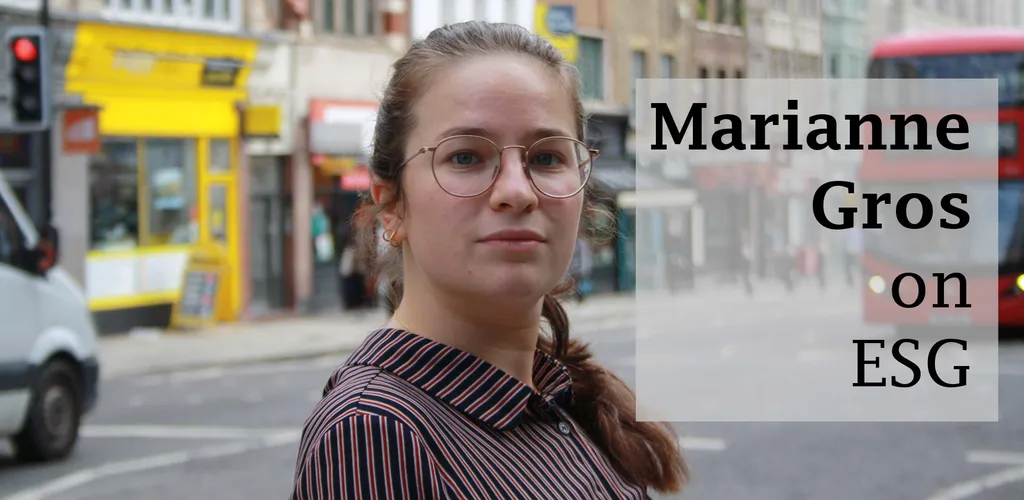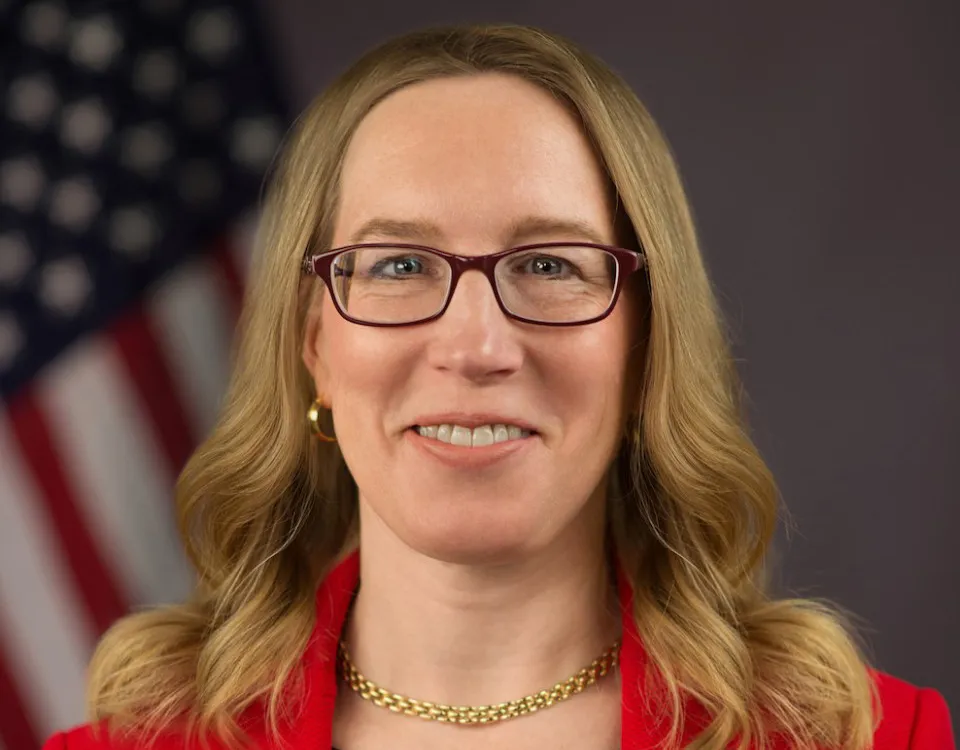For decades the Dutch farming business model has favoured density and intensification to increase productivity. The sector has become more concentrated over the years: fewer, larger units are generating ever more output. But now facing strict climate policies and higher costs, farmers are being told to produce more with less – or change careers.
In its June report, ‘A National Program to Reduce Nitrogen Greenhouse Gas Emissions in Rural Areas’, the Dutch government set reduction targets at a provincial level, ranging from 12% to 70%.
Thanks for your interest in Euromoney!
To unlock this article:




